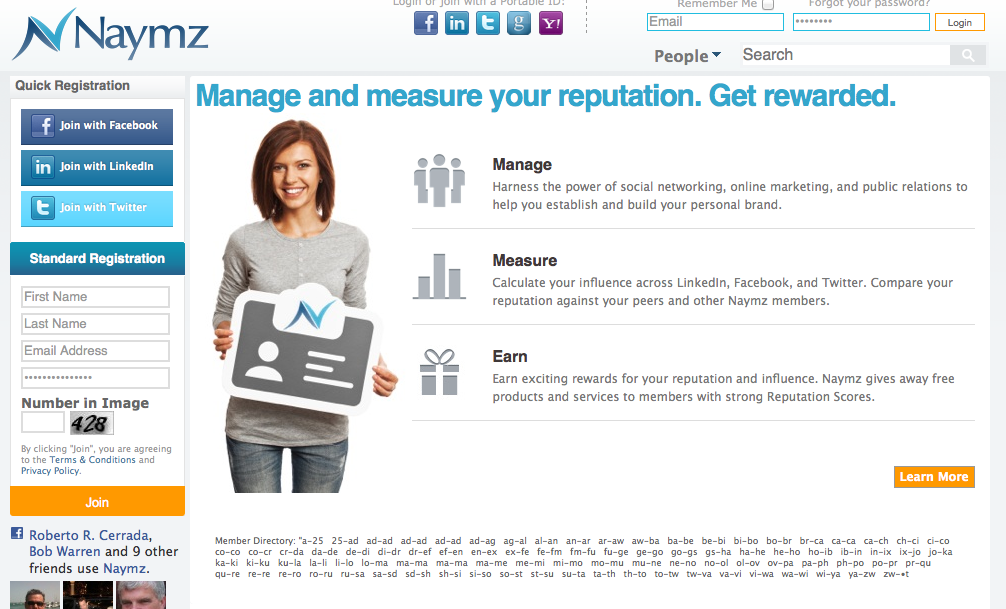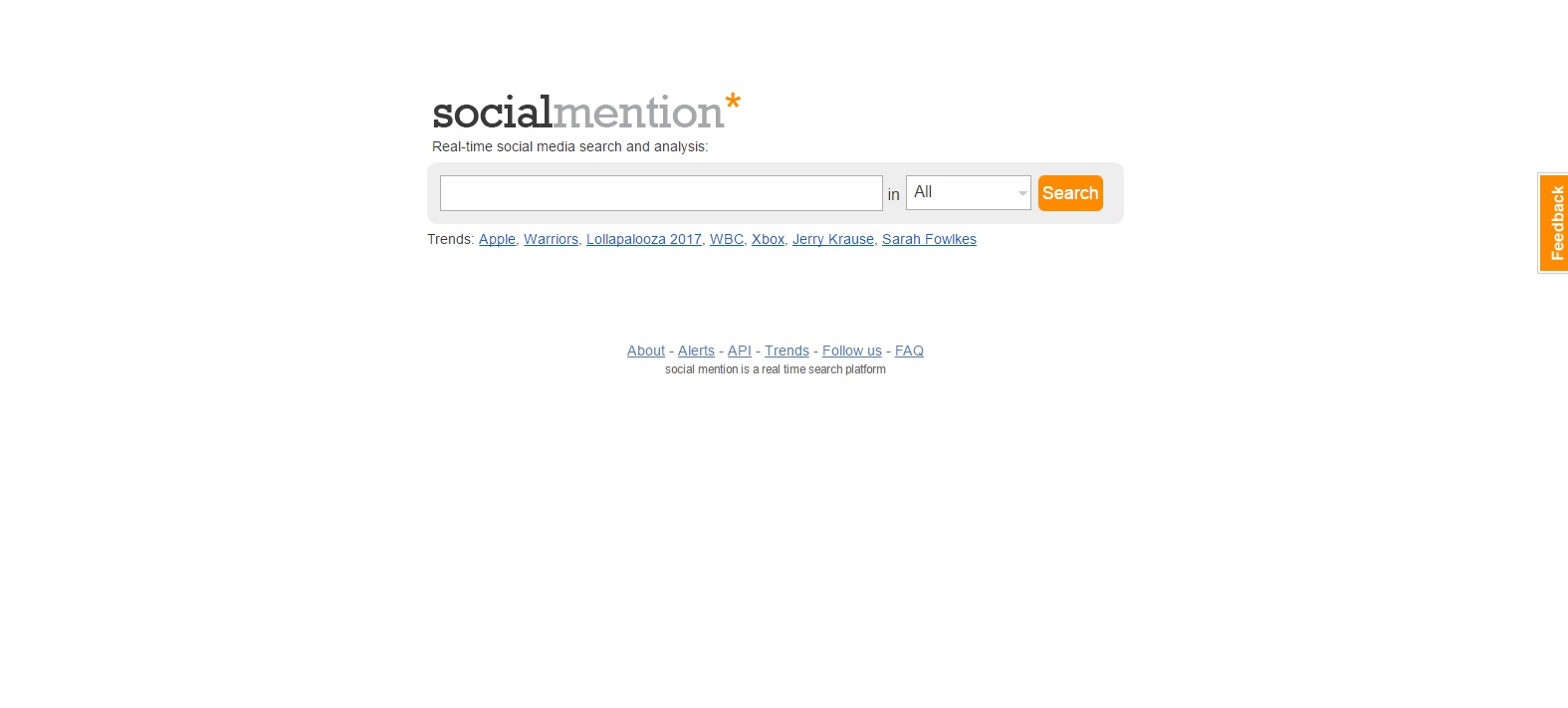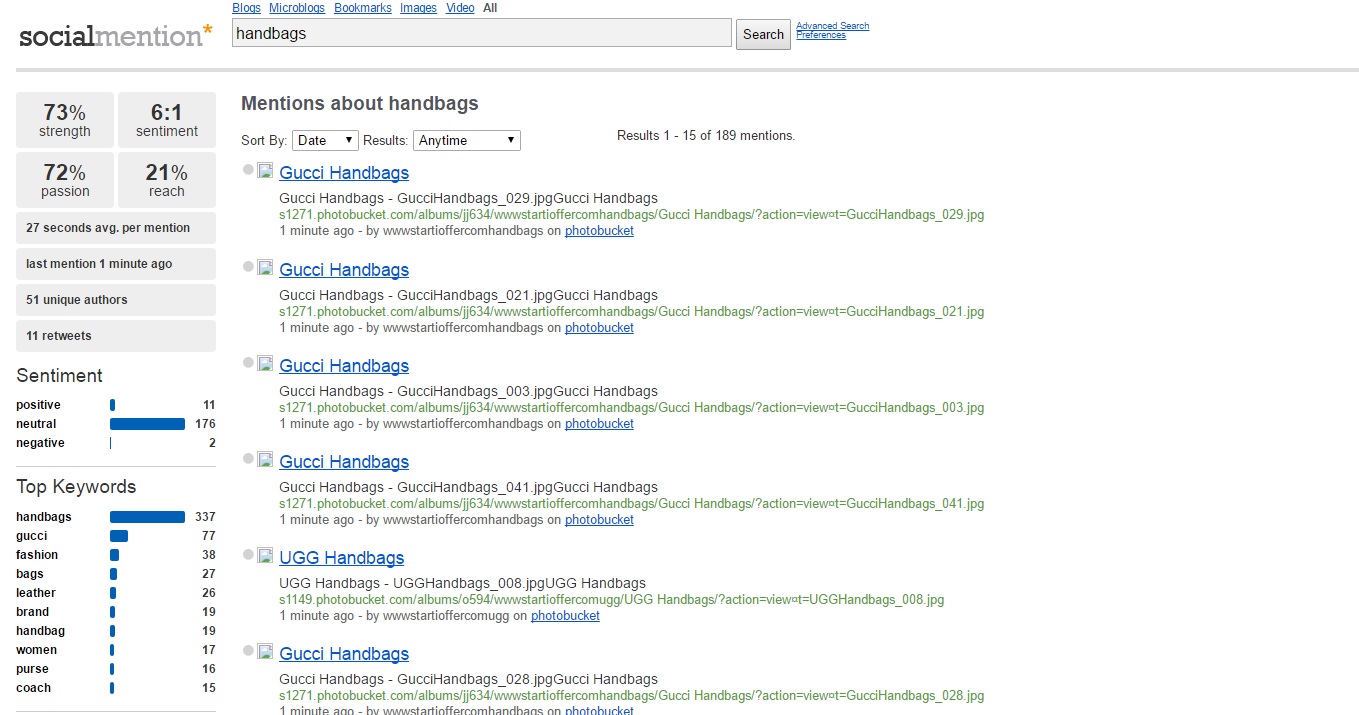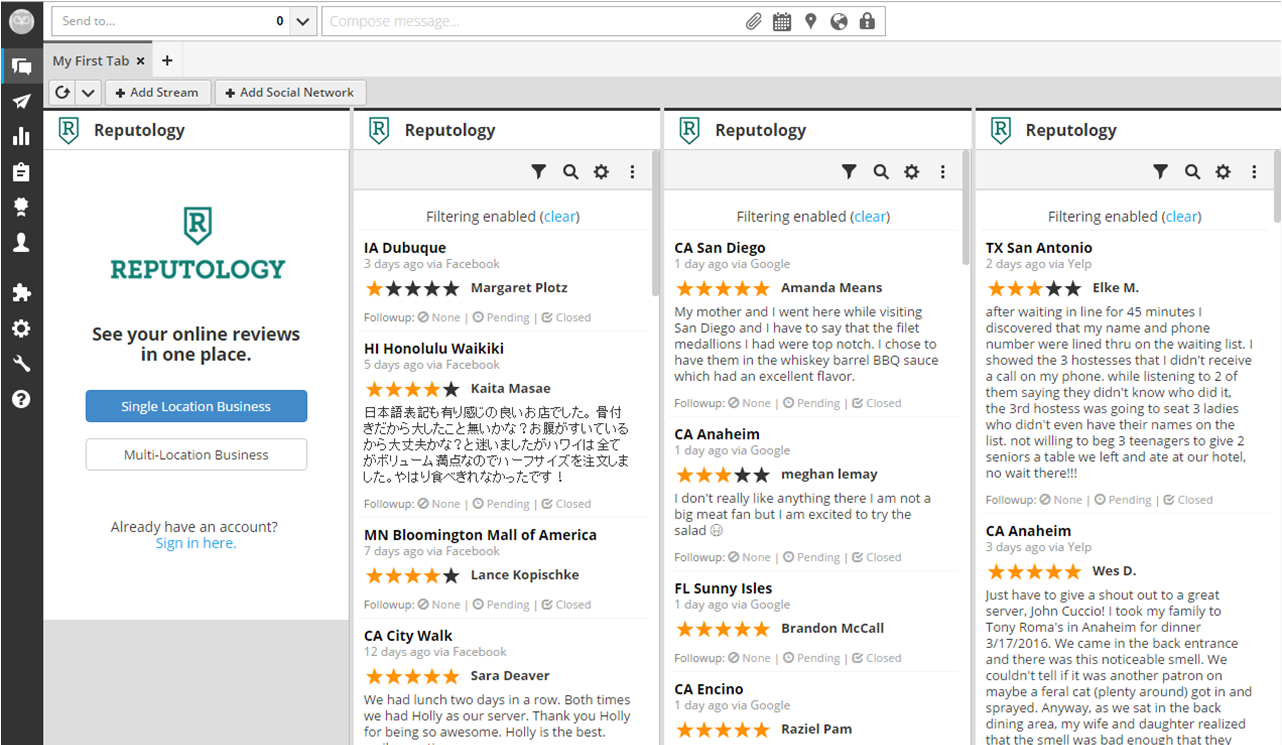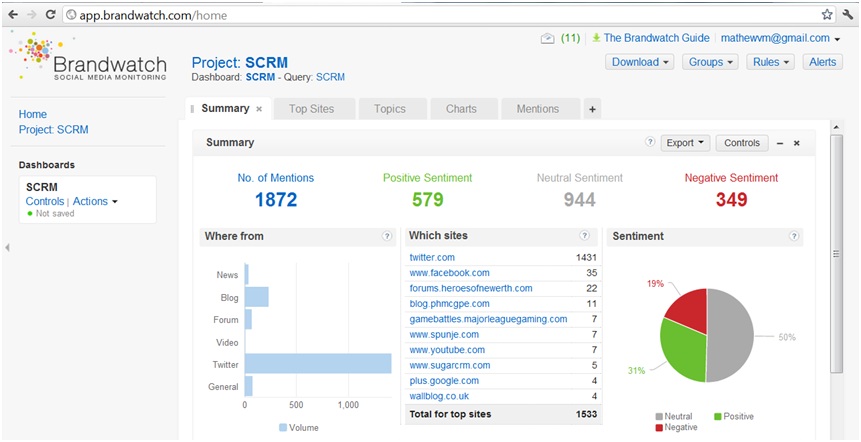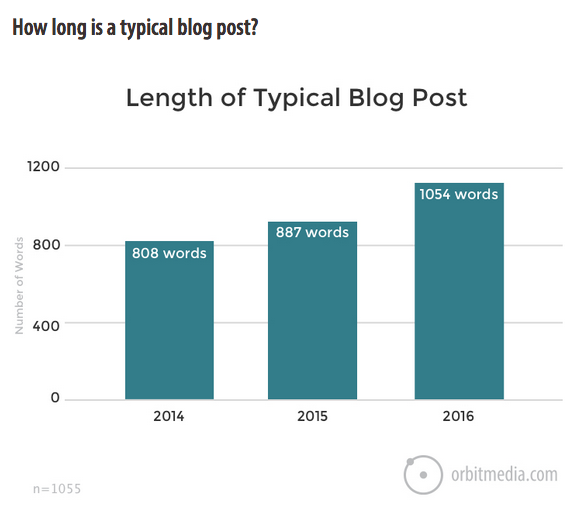Online Reputation Management And Why You Must Care
Image matters. Customers are drawn to brands that they feel are upstanding, well-received by the online community, and genuine in their actions. This is the standard we all try to reach, but getting there is difficult in today’s online climate, especially with social media. Online reputability is a tough hill to climb when anyone can post whatever they want about your brand, whether it’s based in reality or fiction. Bad reviews or negative feedback can prove costly, especially for newbies who’ve yet to solidify their place in the internet marketplace. This is why it’s paramount for every organization to invest in online reputation management, to help them maintain the positive appearance they deserve.
58% of executives believe that online reputation management should be addressed, but only 15% actually do anything about it. Make sure you’re in the 85% and take action today.
What Exactly is ORM?
A lot is said about you and your business online everyday. Most of it is probably good, but negativity always finds its way into the conversation. The goal of online reputation management is two pronged—to suppress the negativity while boosting your positive content through a number of direct and indirect measures. This will help your appearance in search engines, across social media, and throughout blogs and forums. By monitoring all comments written about your brand, you can get ahead of a potential pitfall and prevent slowdowns in your business.
Why ORM?
In a 2013 Deloitte Study, 41 percent of companies surveyed reported that a negative reputation event caused the loss of brand value and revenue. When considering that 83% of buyers trust recommendations from online users over advertising, it’s plain to see why a negative reputation can be so damaging. Don’t let your ROI become a casualty. Be proactive about fixing the conversations users are having about your brand, before sales fall by the wayside.
Now that we’ve identified online reputation management and why it’s a necessity for your brand, let’s delve into the ‘how.’ It’ s time to put the wheels of protection in motion, as we cultivate a strategy that serves to both monitor and rectify problems before they grow out of hand.
Our strategy will be four-pronged. We’ll start with a proactive approach, addressing potential weaknesses in our protection scheme before problems arise. This first step will be continually reevaluated at every turn.
Next, we’ll examine the state of our current reputation. What negative events are taking place right now? What channels are producing them? With this information we can approach from two fronts.
Thirdly, we create positive content that effectively drowns out the negative events and elevates our standing in the online community.
The fourth and final step is to suppress the negative content in a manner that places your brand in a compassionate light. Address questions directly and try to help your consumers solve the issue their complaining about.
An ORM Strategy That Works
Determining how to approach your online reputation management is dependent on your brand’s needs. We must assess your current reputation situation to understand the next steps we should take. However before we do, there are a few preventative measures you can implement that will provide you “insurance” going forward.
1. Preventative Measures You Can Take Today
You wouldn’t wait for someone to burgle your home before installing a security system, would you? Treat your online reputation the same way. There’s no use waiting until your reputation has taken a hit before doing anything. Here are some basic, proactive steps you can take to protect your image right now.
- Buy Your Domains
Let’s say your website is MikeSmith.com. You should then buy MikeSmith.org, MikeSmith.net, and so forth. Why? It prevents imposters from posing as you and besmirching your identity. We’re not saying you need to build a website for each of these names, just buy the domains. Unless you have a famous name, they should be cheap.
- Restrict Site Access
Make sure that you are the only one getting into your site’s dashboard—or your designated co-workers/employees. We know it’s unavoidable in many cases but try to keep the login info in as few hands as possible, especially for the ‘admin’ controls. Changing passwords on a regular basis is also wise.
- Actively Produce New Content
Think on this: Marketers who prioritize blogging are 13x more likely to achieve a positive ROI on their efforts. Where does this boost in ROI come from? The audience you’ve built through a positive reputation as a thought leader. Posting high-quality content regularly is not just rule #1 for better SEO, it’s the way to ensure you standout in your niche. Ultimately, this gives you an important boost in reputation.
- Social Media Presence
Everyone’s on Twitter, Facebook, Instagram, Snapchat, Pinterest, etc. but do they have the most authoritative username? Surprisingly, not always. We’ll see this most among freelancers, solopreneurs, and other small businesses who haven’t given social media much attention yet. It’s Start looking at your profiles now to be sure your username is your company name, or at the very least your personal name (with some capital letters). It ceases to amaze us how many people still go by “cody4529” rather than one that actually benefits their reputation.
- Handling Disgruntled Employees
The sad truth is the majority of workers today are unhappy with their job. When this number is so staggering, it means that more than a few people might become disgruntled with the brand as a whole. Emotions can be hurt, but try to quell the possibility of it reflecting badly on your company by handling situations when they arise. Make sure that out-processing of former employees is a smooth operation for all parties. Exit interviews are a great barometer of your former employee’s feelings, plus they can help tie loose ends.
If you feel that a single employee knows too much information about your software, systems or framework, compared to everyone else, then start training multiple employee trained (known as the two-person rule). This way you’ll prevent damage to your reputation AND your brand’s infrastructure.
- Check Your Personal Social Media Accounts
On the personal side, go through all of your social media accounts and make sure you’ve switched on maximum privacy settings. Don’t post photos everyday, nobody cares about that lasagna you ate for dinner anyway. When you do post things, do it with a purpose. Show yourself doing good. Say positive things in your status updates and avoid negativity. Believe us, that alone will set you head and shoulders above most of your social media buddies.
- Google Image Yourself
Google Images is a powerful search engine that appeals to the visual nature of humans. When your name is searched, people are immediately confronted with indexed photos from across your websites, blogs, and social media platforms. Are all of these images positive? Do they emanate the kind of ‘image’ you desire?
Just as you would search for yourself in a standard Google search, type your name into Google Images and see what comes up. You might be surprised to see a photo or two from that one college trip you took with your friends a long time ago. This goes back to checking your personal social media accounts and deleting content that poorly represents you.
- Claim Your Google Listing
This effectively tells Google you are the brand listed across its channels—Google Plus, Google Maps, etc. You then have the power to edit and control what it says about you, including your physical location and phone number. Utilize this opportunity to infuse relevant keywords into these locations, which will help your listings rise to the top of Google search.
- Use An Internet Security/Antivirus Software
A hit to your reputation can come from more places than just negative reviews. Viruses and phishing scams are extremely dangerous to your system, and can lead to your computer being totally hijacked and all of your sensitive information compromised.
Remember when Windows Firewall was the only protection you needed? Those days are long gone.The easiest way to protect your reputation from hackers and viruses is to use a service like Norton Security. The Norton product line alone has dozens of options ranging from for personal use, to use by small and medium-sized businesses.
What are you looking for in a security service? Secure search (shows you whether sites are safe or dangerous); encrypted log-ins (makes the log-in process safer especially when you’re forced to log-in from another device); frequent updates (a good security software improves itself while you sleep).
2. Current Reputation Assessment
What is currently being said about your brand (or you personally) on blogs, forums, product reviews, GlassDoor reviews, etc.? There are many tools available to help you uncover your online conversation, several of which are free.
- Google Alerts
Google Alerts is one of these free utilities, and arguably the most effective. It acts as a way to monitor Google’s search engine whenever certain keywords are typed in. You get to specify these keywords so that you can be alerted whenever the important ones pop up (like your brand name or your own name). This tool scans information from relevant resources, including blogs, articles, and other web pages to show you where and how you’re being portrayed.
You can also determine when and how often you’d like to receive alerts to ensure that you’re not being bogged down by unnecessary information.
- Naymz
Another freebie is Naymz, which primarily works to manage your social influence across the different social networks. It gives you a score between one and 99, labeling your influencer level accordingly—it goes builder, established, top member, then elite member.
- SocialMention
Rounding out our list of total freebies is SocialMention. This tool alerts you each time your brand, or keywords related to your brand are mentioned. It also relays the level of importance of each mention so you know what to address first.
Its interface is formatted like a Google search. Really simplistic, eh?
Once you enter a keyword, you can see how and where it’s tracking as well as sentiment ratings which are listed on the left-hand side of the screen.
Here is what comes up when we type “handbags” into the interface.
- Hootsuite
Used by 20% of top brands across the web, Hootsuite is an easy to use and comprehensive social media management utility that consolidates all of your networks into one location. It’s standard version is useful, but for $10 a month Hootsuite Pro can connect more than three of your social networks (total of 50), allow you to schedule your messages in bulk, and receive the always important analytics reports aimed to help you assess your reputation situation.
Hootsuite is great for handling many other social media needs as well. They will post regularly scheduled content onto any platform. For example, if you’re operating a Facebook page in the history niche, you might need some topical history content showing up everyday. Hootsuite can populate the page without making you lift a finger.
Because you’re too busy posting random Arnold photos from 40 years ago. Anyway, let’s get back to discussing your reputation…
- Reputology
It will cost you $25 a month if you want to maximize your usage, but Reputology specializes in an area that others don’t—providing analytics for customer service management in real-time. In other words, say you receive a negative review from a customer regarding the shipping of your product. Within minutes (very few minutes) you will receive a detailed email from Reputology chronicling the event. This will help you react quickly to leave a response comment under the review or leave the consumer a sensitive direct message.
Reputology integrates with other tools we’ve mentioned above to help you identify problems on all fronts. It is even listed in Hootsuite’s app directory for free download.
I personally enjoy Reputology’s WordPress-like interface. Reviews can be listed in columns and by their source, making it easy to differentiate among your data.
- Yext
If you’re confusing Yext for Yelp, it’s because they wanted it that way. This service works specifically on Yelp and similar sites that are location-specific, in an effort to make sure your brand is listed correctly.
It’s less about measuring negativity and more about ensuring correctness so that consumers can find you. The service will ask you for your business’ information—including name and physical address—then use it to determine whether other sites are portraying you correctly.
This asset not only helps consumers reach you in a physical sense, it will improve your SEO which will make you more visible in Google search results. Consistency and accuracy are vital, and Yext gets it.
- Brandwatch
On the pricier end of reputation tools is Brandwatch. Before we give you the price, let’s tell you what all it does. It gathers keyword and social media insights relevant to your brand and puts them together in a nicely interfaced analytics window, like so…
Just for fun, everything is color coded by category so it’s easy on the eyes. Brandwatch does a tremendous job of offering a graphic breakdown, pie chart, or list view of data, depending on what you prefer.
As intoxicating as its robust analytics capabilities and wonderful layout may be, Brandwatch is not for the faint of wallet. Pro packages begin at $899 per month for 10,000 mentions. This means it’s a tad out of range for small to mid-level brands. Still, for the quantity and scope of data you’ll receive, it’s tempting to say “it’s worth it.”
If you’d like a taste of its wide-ranging options, Brandwatch is available as a demo.
- Trackur
What do people see when they search for your name? Is it all positive? Trackur shows you YOU but from THEIR perspective, taking content from news sources, social media, articles and more. It organizes these insights into an analytics interface so you can see what’s happening and take proper action.
Similar to Brandwatch, Trackur can be quite expensive. But the cheapest pro plan, called “Plus” is only $97 per month and let’s you track up to 50 keywords, receive email and RSS alerts, and get Influence & Sentiment Analysis. At the other end of the offerings, an “Ultimate” plan costs $447 monthly, but it’s features are really nice. In addition to everything you’d get from the “Plus” version, “Ultimate” let’s you track unlimited keywords, group data by profiles, and allows for unlimited client logins—this last feature is great if you have a team of employees who each need access to the dashboard.
- Alterian/SDL
This is a great tool when you’re targeting a global audience. It breaks down what people are saying about your brand in different countries and can organize it using filters like demographics, languages, and just about any other metric you’d like to apply.
Beyond reputation tools, Alterian offers campaign and email management as well as real-time cross channel customer experiences.
- Complaint Search Box
This website will perform a special Google search, checking over 40 complaint websites for negative comments about your brand.
40 might sound like a lot, but you never know what kind of negative commentary is lurking on websites you’ve never even heard of. It will allow you to see a list of problems people are having with your brand so you can set about fixing them quickly.
3. Generating Content To Boost Your Reputation
Once the reasons for your negative reputation have been diagnosed, it’s time to start boosting your reputation back into the positive range. This result won’t come overnight, but if you stay disciplined and have fresh content posted regularly, you’ll begin to see it overtake the first pages of Google searches.
What new types of content can you add to achieve a more positive reputation?
- Articles
The easiest thing to do is to write. Produce high-quality articles that readers will want to share, by using your expertise to help them. ‘Selling’ them on your products is secondary. Readers have a more positive outlook on brands that approach them from a place of helpfulness.
Your articles should makes references to your brand in places, which will help your SEO, but they should focus more on resolving issues at hand for your readers. For example, if a common complaint on reviews is that customers don’t know how to operate your product, well then write a series of how-to articles on your blog. Include images, charts, videos or whatever else you need to illustrate the process.
The nature of blog content is turning more visual by the year. While the average word count of posts is increasing, most brands are loading them with images and video content to improve user engagement time and of course SEO.
Writing on your own site is important but so is guest posting. There’s no better way to clean up your reputation than by posting well-written content on another brand’s website. Most sites will let you insert your name, an image, and contact info at the top or bottom of the post so interested readers can find you. If you email several sites and ask to write content for them for free, most will oblige you. Your payment is simply to boost your repetition, which is a fantastic investment to make if you ask me.
- Whitepapers
Another step towards creating positive and authoritative content is via white papers. These are persuasive, in-depth documents that delve into specific topics where you can offer a valuable expertise.
Whitepapers aren’t intended to help you pitch products. They are merely an opportunity for you to inform your audience. As we mentioned above, coming from a place of helpfulness always benefits your reputation. It can also help you capture more leads.
Approach them as you would an academic paper. Be sure to present solid research, cite sources, and come to reasonable conclusions based on the evidence in your findings. Even if your conclusion is disagreeable, the document will be respected as long as you present a cogent argument and show consumers you KNOW what you’re speaking about.
Among B2B buyers, whitepapers are the top requested content format (78%). Given their demand, you should be cranking them out regardless of your online reputation needs. Either way, you’ll be doing your brand a huge favor.
- Press Releases
Publicize your highest moments. Did you acquire a new brand? Launch a new product line? Perform a charitable act in your community? If it’s newsworthy, share it with the world. You want your brand publicized for positive reasons. Not only will it flood Google’s standard search results with the good news, the story will show up when people search for you through Google’s News tab.
Most press releases are 1-2 pages long, so they require only the most pertinent and succinct information you want to share. While it’s a huge opportunity to promote your brand, remember not to purposefully twist the information in your favor. Facts are facts. No fake news! Let the story speak for itself.
The outbound implications from this are quite nice. News stories can be featured on your followers’ Twitter and LinkedIn feeds, or they can be sent to your email list.
Don’t forget to include the most necessary information—who, what, why, where, and how—in your intro paragraph. Also add links to social media accounts and email contacts.
When it’s ready to go out, send it to sites like PRNewswire or PRWeb for quick dissemination around the web. These services are well-respected by Google and their stories usually land high in SERPs.
-
- Video Content
If this sounds like a broad category, well, it is. Video content encompasses everything from product tutorials to Reddit AMAs to podcasts. The goal is to present a positive “face” of your brand to the public. Consumers have greater trust in brands that offer video content because of the human element. When all they see is text, people get dubious. They want relatability, and you can offer it.
Through platforms like YouTube, Facebook, and now Instagram, you can share videos with your followers and get them shared many more times. Regularly produced video content will improve your branding, pushing any negative instances to the side.
-
- Social Media Groups
Developing a social media voice is essential to building brand awareness nowadays. In the B2B community, you need to share your knowledge while also not being afraid to ask questions and learn from others.
Start perusing Facebook for groups in your niche. You might have to be approved to join, but a) this process is usually quick and easy, and b) a private group means it’s of a higher quality. Connecting and sharing your knowledge among fellow industry leaders will work wonders for boosting your reputation. Plus you never know what kinds of opportunities could open up for you and your brand.
4. Suppressing Negative Content Using SEO
You’ve started generating tons of positive content but are still finding lingering remnants of negativity floating around about you? This is a job for SEO. It’s a powerful weapon that can be used to tackle most negative events by addressing them smartly and with a solution in mind. Here’s how it works.
-
- Paid Search
Drawing attention away from a negative search result isn’t always easy, but paid search makes it much easier than trying to do it organically. Simply initiate a paid search campaign tied to the keywords in the negative piece so that you can own the situation. This way, whenever consumers look for the negative event in a search query, they’ll see your ad first.
The trick is in how you address the complaint. If the issue is related to a past product you sold, you might want to incorporate mention of a new, potentially better product. It will address the negativity without necessarily bringing direct attention to it.
Another solution is to endear consumers using a special offer or coupon code. This can be a nice way of compensating people who were inconvenienced by the negative event.
Now, if your negative event has to do with a public story, your approach to paid ads will be different. Your first concern is not to divert attention away from the situation, but to address it head-on. In most cases, consumers will be grateful that you’re extending a hand to help rectify the problem.
- Find Influencers
Courting influencers is always key to building brand authority, but it’s also great to have them in your corner when times get rough. Once you engage in a relationship with these influencers, they can praise your brand amidst turmoils brought on by negative press coverage, a bad review, or product confusion. They can also serve as mentors, giving you advice for how to deal with each situation and helping you reposition the brand into a positive light once again.
Even during happier times influencers can promote your brand through positive reviews, guest posts, and social media interaction. They can increase your reputability by singing your praises to their established audience. Because when an industry influencer speaks, consumers listen.
- Take on Negative Reviews
Fixing a problem can be as simple as merely acknowledging it. If a consumer took time out of their busy day to write a review about your brand (whether positive or negative), you owe them a response.
In some cases, this can be a fix-all strategy for solving negative reviews. Even if consumers are upset about something, they will respect that you’ve taken the time to reach out and offer support. They might realize that they were off-base or simply misunderstood something. Either engage them in a private message, or take the conversation public if you feel it will help other customers who might share the same complaint.
The bottom line is not to be afraid of bringing up these issues directly. You never know when you’ll be able to transform a critic into a fan!
Start Pushing Negativity Away Today!
There’s no use in waiting another second. Negative content can snowball and will inevitably knock your reputation if you don’t take the necessary steps to thwart it. Using the two-prong strategy we’ve laid out—ranking positive content while suppressing the negative content—you’ll be well on your way towards positioning your brand into good public standing.
Every brand encounters a negative event at some point, but it’s not the negativity that dictates the brand. It’s your response.



